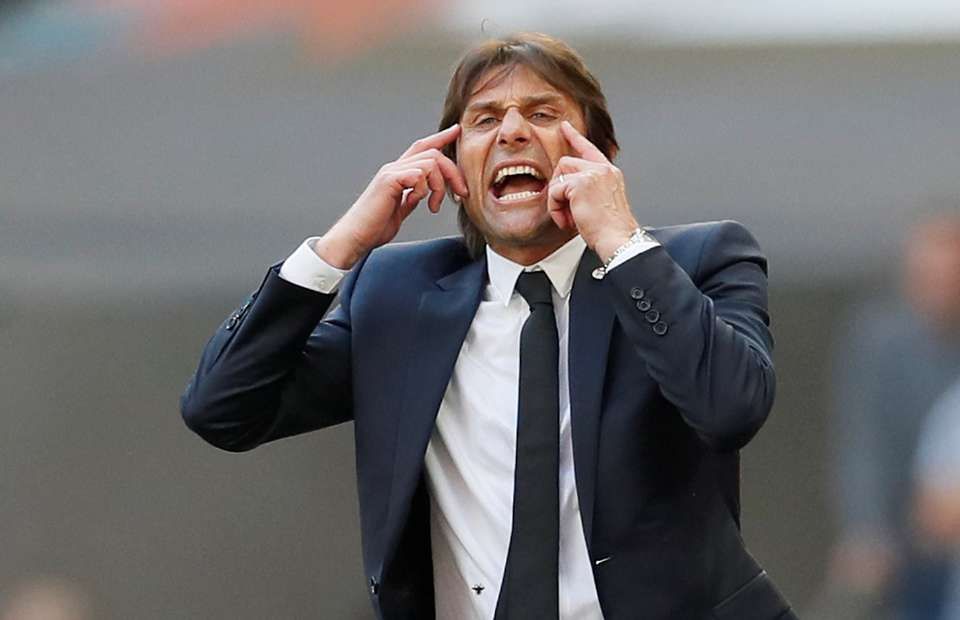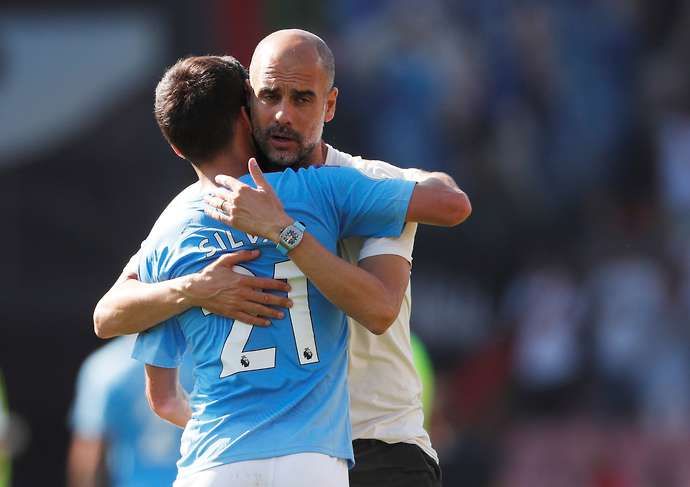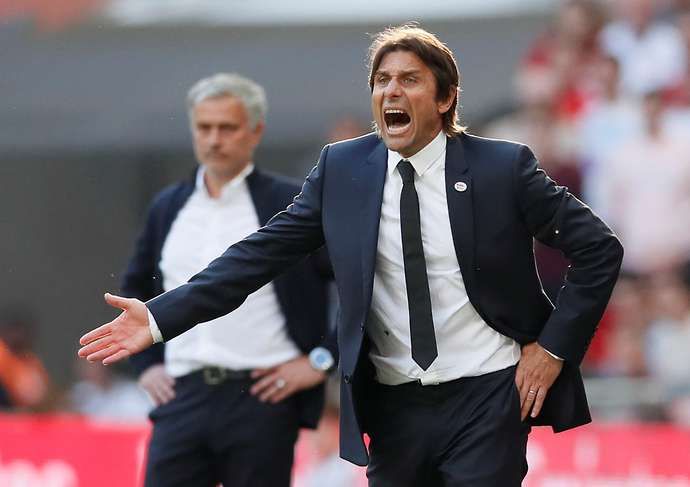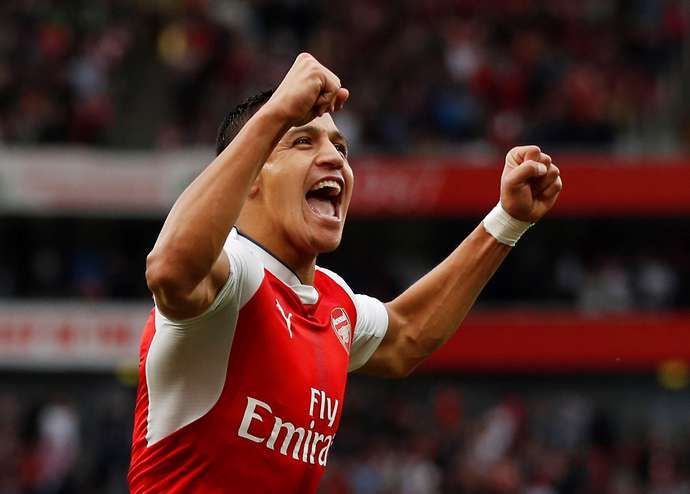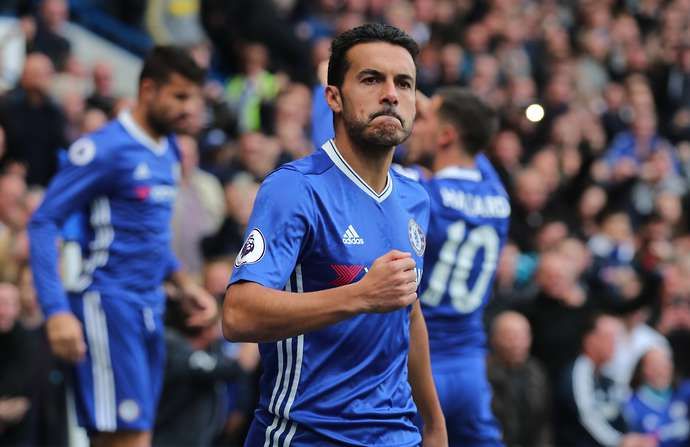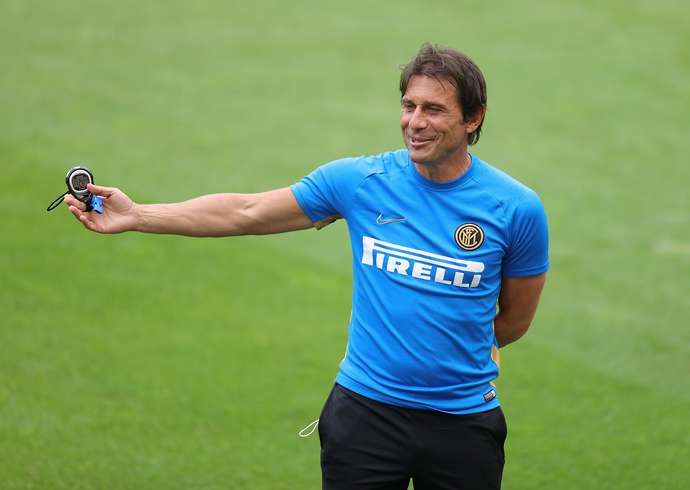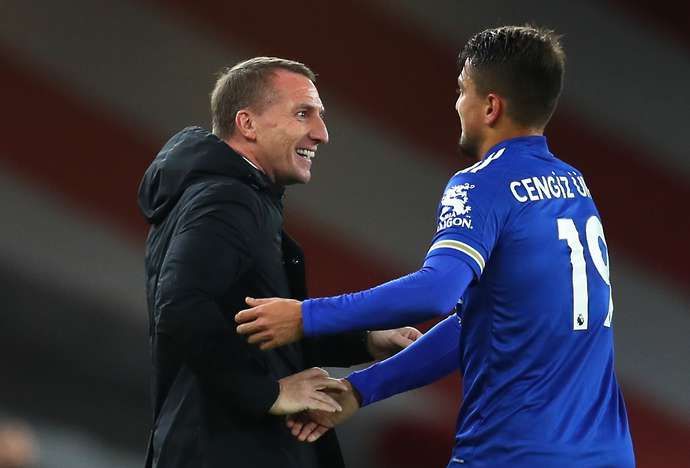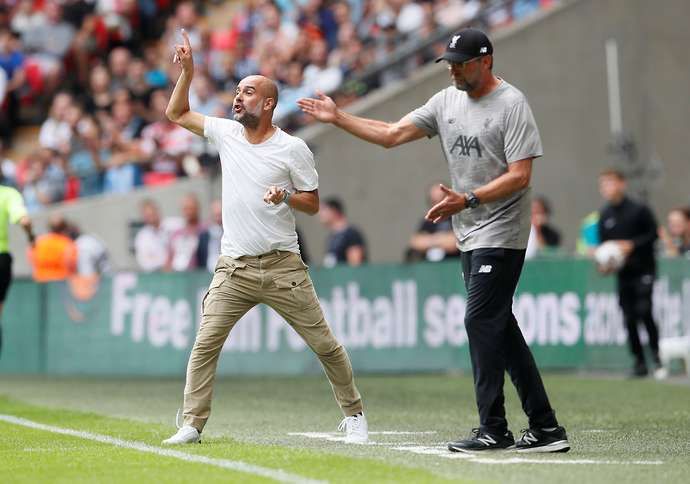When the dust settles on Manchester City and Liverpool's duopoly, Pep Guardiola and Jurgen Klopp will be hailed as two of the most influential managers to have graced the Premier League.
The revered pairing have been locked in a long-standing battle at the top of the division, contributing to the emergence of a rivalry on English shores that deserves its place in a bracket alongside El Clasico.
Both managers have managed to embed their own distinctly different yet easily discernible styles into their respective clubs.
Klopp's philosophy has been every bit as tumultuous, adrenaline-inducing and overwhelming as its heavy metal branding suggests, while Pep Guardiola's style of Johan Cruyff-inspired totaalvoetbal has, at times, enabled City to subjugate an entire division, leaving hoards of powerless victims in their wake, vanquished and solemnly embarrassed by their inferiority.
Their legacies will undoubtedly prevail and stand the test of time. Anecdotes will be passed through the generations, books documenting their careers will be written and media coverage will honour their achievements for as long as the clubs they have represented remain relevant.
But how influential have their awe-inspiring tactical philosophies actually been? How deep into the collective psyche of Premier League managers do they go?
While the answers to those questions may not manifest for a number of years, what is becoming increasingly apparent is that neither Guardiola or Klopp's influence outstrips that of Antonio Conte during his time at Chelsea.
The wildly gesticulating Italian's stint in the Premier League was fleeting, but the length of his stay only makes his pervading legacy all the more impressive.
Before Conte's arrival at Stamford Bridge, there had long been a stigmatism attached to three-at-the-back tactical systems in England's top flight. Not only was it an ambiguous, enigmatic setup that carried the capacity to dumbfound and bamboozle the players within it, it was also deeply unfashionable.
Like the less attractive sibling at a wedding, three-at-the-back looked on from a table in the corner of the room while the polished, conventional four-at-the-back system charmed guests on the dancefloor.
A style that is fundamentally viewed as defensively pragmatic was always going to be a tough sell, particularly in an era when clubs are placing such major emphasis on the cultivation of an attractive, distinct brand of aesthetically delightful football - one that, ideally, can be packaged and distributed internationally for corporate gain.
But not only did Conte prove that a 3-4-3/3-5-2 system can thrive at the apex of English football, he changed common perceptions by crafting a novel style that was enchanting to watch.
Having deviated from his favoured style early in the season, opting for a 4-1-4-1 formation, a pair of humbling defeats against top six rivals forced Conte's hand. Chelsea first lost 2-1 at home to Liverpool and in the following fixture they suffered the indignity of a 3-0 defeat away at London-rivals Arsenal.
An away trip to Hull City came next and Conte reverted to his more familiar 3-4-3 system. The Blues won 2-0 in a game that represented a symbolic turning point. It was the beginning of a 13-match winning streak in the league in which the west London outfit scored 32 goals en route to the summit.
Spurs eventually put an end to their relentless run of victories with a 2-0 win shortly after the turn of the year, but that did not take the sting out of a rampant Chelsea side who claimed the title with a whopping 93 points - the 2nd most in Premier League history at that stage.
Pedro's recorded his best return of goal contributions during a single domestic campaign in English football, notching nine times and providing ten assists while combining with Eden Hazard and Diego Costa in attack, proving that flair players could flourish rather than flounder in this system.
The Spanish winger revealed it was the trust Conte placed in his players that enabled the Blues to put their early season slump behind them, per The Telegraph.
“He put trust and belief in all of the players and then we started winning matches.
“Quite easily, he just turned things around. He put the trust, the belief in all of us that we could win matches, that we could win the league.
“It’s just like everything turned really quickly. We started to go really well, our trust started growing and everything became really positive."
Victor Moses emerged from club exile and was famously repurposed as a right-wing-back, Gary Cahil scored a career-best six league goals and new signing Marcos Alonso also scored six from left-wing-back.
Everything came together and the aforementioned goal scoring returns underlined the holistic value of the approach.
Manchester City reacted by spending £223.5m in the summer and the influx of new players facilitated Guardiola's record-breaking success story in 2017/18. Conte's Chelsea faded and he became the next victim of Roman Abramovich's trigger-happy attitude at the end of the same season before taking on the Inter Milan job, where he continues to impress.
Though he has gone, he is not forgotten. Where once deploying three-at-the-back was viewed as a last-resort gamble only worth punting on in the midst of a barren crisis, it is now a formation of choice for many Premier League managers.
Chris Wilder's functional system at Sheffield United was in full working motion long before the Blades arrived in the top flight and it would be a disservice to his fine work to label it as a direct product of Conte.
But the Italian's success did set a precedent for new arrivals on the Premier League scene: don't abandon or tweak your principles to survive at this level.
The Blades manager has stayed true to the approach that helped him achieve two promotions in three years, and he reaped the rewards last season as his side defied expectation to finish 9th in the league.
Elsewhere, Nuno Espirito Santo took Wolves to a 7th place finish in back-to-back seasons using a similar system, Brendan Rodgers, a man whose possession-based style scooped plenty of acclaim as an up-and-coming manager at Swansea, masterminded victories away at Man City and Arsenal in recent weeks when utilising three central defenders, while Graham Potter, David Moyes, Slaven Bilic and Ralph Hasenhuttl are all proven advocates of a Conte-esque approach.
Most intriguing, and perhaps most pertinently, is the case of Mikel Arteta. The Spaniard was Guardiola's protégé at Man City and there are clear traces of the Catalan's influence in the style Arteta has adopted at Arsenal thus far. But the 38-year-old has predominantly operated with a back-three, utilising Bukayo Saka, Ainsley Maitland-Niles and Hector Bellerin in wing-back positions. To see a graduate of Guardiola's school of thought line-up in such a way is perhaps the greatest testament to Conte's influence in this division.
While the Catalan's influence transcends beyond the Premier League and infects the entire footballing period from grassroots level upwards, there is something fundamentally unattainable about his style, a sense that the margin for error is too minute and that the risks ultimately do not outweigh the rewards.
What Guardiola has achieved is a fanciful yet fundamentally unachievable ideal that requires heavy investment in specific players and positions. As for Klopp, his success at Liverpool has been underpinned by a pulsating style of play that is more pragmatic than Guardiola's.
However, for all its deserved acclaim, it is not a unique phenomenon and rather a twist on an approach that has long been accepted and celebrated in this division.
Guardiola and Klopp may have lifted the Premier League title with points returns that go beyond Conte's 93, capturing the imagination with their charismatic media personas, but their tactical influence is yet to be felt in the same way Conte's has.
Changing people's hearts is one thing, but changing minds takes something much deeper.
Conte managed to achieve that during Chelsea's uniquely crafted 2016/17 title win, and his lasting legacy is plastered all over a division that raises a glass to a system where once it turned its nose.



















